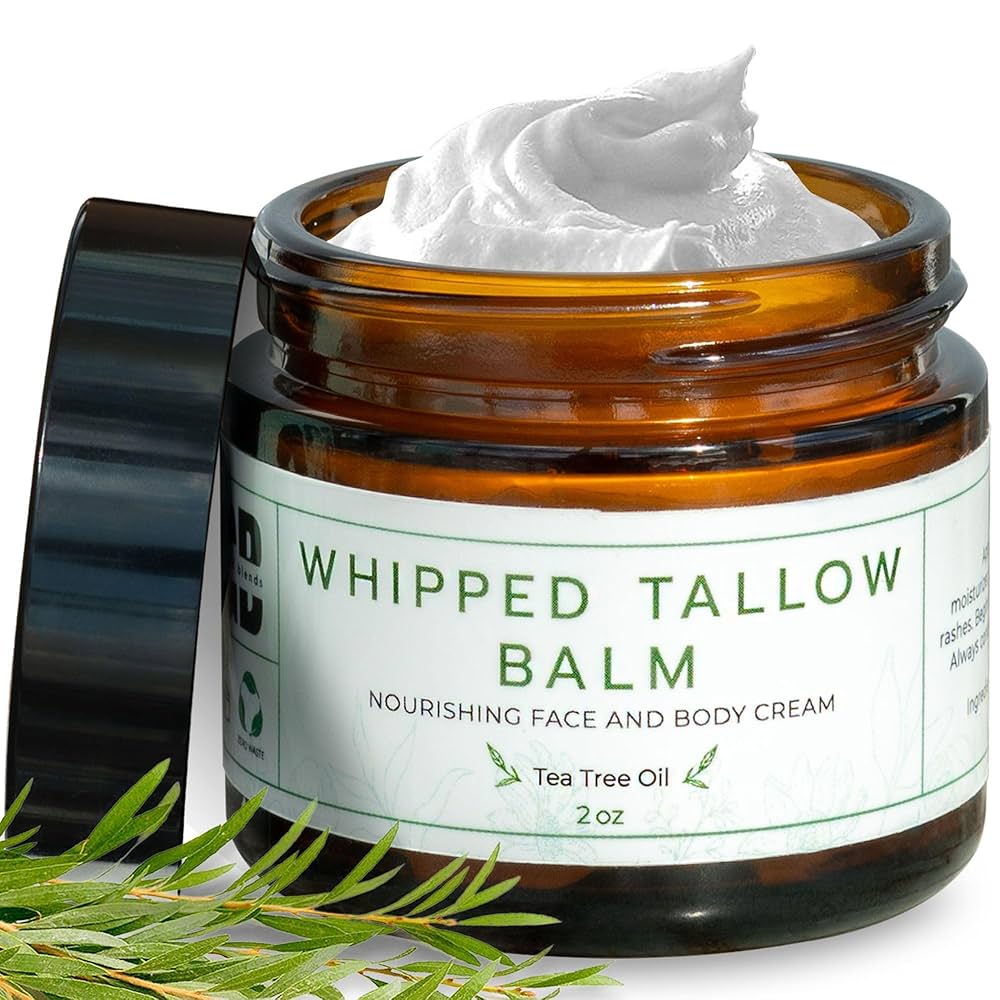Coconuts, known as the “tree of life,” are celebrated for their diverse forms—oil, milk, and meat—each offering unique health benefits and culinary uses.
Coconut oil, high in saturated fat and medium-chain triglycerides (MCTs), supports heart health and weight management, making it a popular cooking ingredient. Coconut milk, a creamy dairy alternative, is rich in electrolytes and low in carbohydrates, ideal for various dishes. Coconut meat provides fiber, essential minerals, and energy, commonly enjoyed fresh or dried. Overall, coconuts enhance flavor and nutrition in diets, making them a versatile food source celebrated across tropical cultures.
The Many Faces of Coconut: Oil, Milk, and Meat Explained
Coconuts, often referred to as the “tree of life,” have been a staple in many tropical cultures for centuries. These versatile fruits are not just delicious; they’re also packed with a myriad of health benefits. This article will delve into three major forms in which coconut is consumed: oil, milk, and meat. Each offers its own unique nutritional profile and culinary uses.
1. Coconut Oil: Liquid Gold for Health and Cooking
Coconut oil has surged in popularity over the past few years, touted as a miracle ingredient in health, cooking, and beauty. Extracted from the meat of mature coconuts, coconut oil is primarily composed of saturated fat, which has spurred much debate regarding its health effects.
Nutritional Profile
- Calories: 1 tablespoon (14 g) contains approximately 120 calories
- Fat: 14 g
- Saturated Fat: 12 g
- Polyunsaturated Fat: 0.2 g
- Monounsaturated Fat: 0.8 g
- Vitamins: Contains small amounts of Vitamin E and K, but is not a significant source of these vitamins.
Health Benefits
- Medium-Chain Triglycerides (MCTs): Coconut oil is rich in MCTs, notably lauric acid, which is believed to aid in increasing HDL (good) cholesterol levels, fostering heart health.
- Antimicrobial Properties: The MCTs present in coconut oil may have antimicrobial effects, potentially combating pathogens, including bacteria and viruses.
- Weight Management: Some research suggests that MCTs can help in weight loss and fat burning, promoting a healthier metabolism.
Culinary Uses
Coconut oil is prized for its high smoke point (about 350°F or 175°C) making it an excellent option for cooking, baking, and frying. Its rich, tropical flavor adds a pleasant depth to various dishes, from stir-fries to desserts. Additionally, it’s a popular choice in vegan baking as a substitute for butter.
2. Coconut Milk: Creamy Delight Straight from Nature
Coconut milk, which is distinct from coconut water, is made by grinding fresh coconut meat and blending it with water, yielding a creamy liquid with a rich taste and texture. This ingredient is a staple in many Asian cuisines, particularly Thai and Indian dishes.
Nutritional Profile
- Calories: 1 cup (240 ml) of unsweetened coconut milk contains about 50-90 calories.
- Fat: 5 g (varies based on thickness)
- Saturated Fat: 4 g
- Carbohydrates: 2 g
- Protein: 1 g
- Vitamins: Contains small amounts of Vitamin C, E, and B vitamins.
Health Benefits
- Plant-Based Alternative: Coconut milk is an excellent dairy alternative for people with lactose intolerance or those following a vegan diet.
- Rich in Electrolytes: It contains potassium and magnesium, vital for maintaining fluid balance and regulating heartbeat.
- Low Glycemic Index: Due to its low carbohydrate content, coconut milk has a minimal effect on blood sugar levels, making it suitable for those managing diabetes.
Culinary Uses
The creamy consistency of coconut milk makes it an ideal base for soups, curries, smoothies, and desserts. It can also be used in baking to give a moist texture to cakes and pastries. Moreover, its ability to enhance flavors makes it a beloved ingredient in both sweet and savory dishes.
3. Coconut Meat: Nutrient-Dense and Naturally Delicious
Coconut meat refers to the white flesh found inside the coconut, which can be consumed raw or dried. It’s packed with nutrients and has gained popularity as a health food in various forms, including shreds, flour, and chips.
Nutritional Profile
- Calories: 1 ounce (28 g) of dried coconut meat contains approximately 185 calories.
- Fat: 18 g
- Saturated Fat: 16 g
- Carbohydrates: 7 g
- Fiber: 5 g
- Protein: 2 g
- Minerals: A good source of manganese, copper, and selenium.
Health Benefits
- Fiber-Rich: Coconut meat is a great source of dietary fiber, which can aid in digestion and promote feelings of fullness.
- Mineral Content: The high levels of manganese in coconut meat contribute to bone health, metabolism, and antioxidant defenses.
- Energy Boost: The high-fat content, particularly MCTs, provides a quick source of energy, making it popular among athletes and those on ketogenic diets.
Culinary Uses
Coconut meat can be consumed fresh, dried, or shredded. In cooking, it can add texture to salads, smoothies, and baked goods. Additionally, it’s often used to make coconut flour, which is a gluten-free alternative for baking and thickening.
Conclusion
Coconuts are a remarkable food source, providing a diverse array of health benefits through oil, milk, and meat. Each form of coconut is unique, offering distinct flavors, nutritional profiles, and countless creative culinary applications. As our understanding of nutrition evolves, coconuts continue to stand out as a healthy, versatile, and delicious solution for health-conscious consumers. Whether it’s through cooking, baking, or snacking, the many faces of coconut present a delightful way to enhance both flavor and nutrition in your daily diet. Embrace the richness of coconut and enjoy all it has to offer for your health and culinary adventures!
